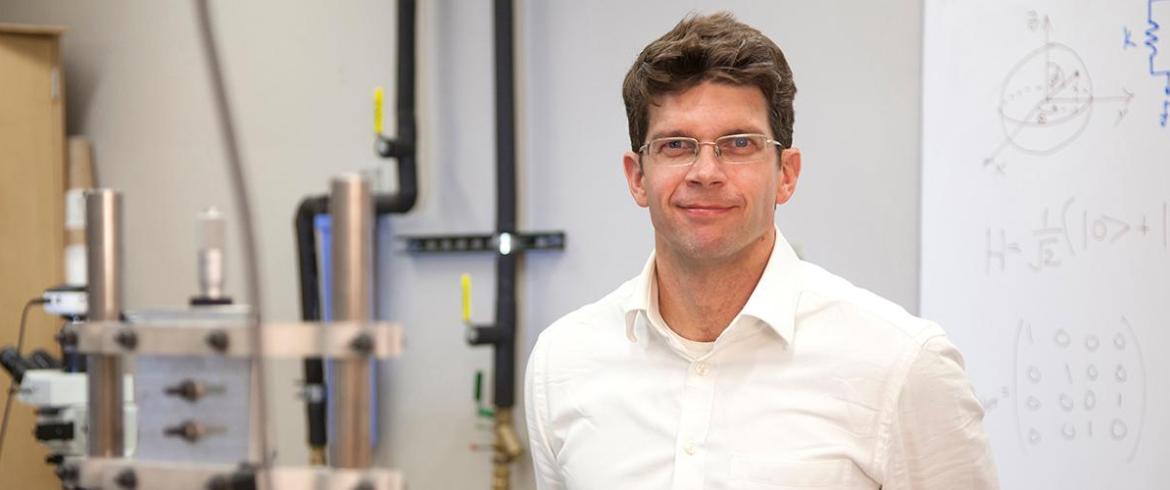
Using network science—part of a larger mathematical field called graph theory—professor of mechanical engineering William Oates, former graduate student Peter Woerner, Ph.D. and associate professor Kunihiko “Sam” Taira mapped long-range atomic forces onto an incredibly complex graph to simulate macroscopic material behavior.
The group then developed and applied a method that greatly simplifies the graph so that other researchers could replicate the process with other materials. Oates said using graph theory allows researchers to better understand how the molecules that compose a material work on a macroscopic level.
“All atoms have electrons and nuclei with positive charges, they create forces between the ions,” Oates said. “Trying to describe that as a global structure is challenging. There are methods to model molecules, but the challenge is how to describe macroscopic behavior. Knowing how the molecules interact is only half of the problem. Network science provides a unique bridge that allows us to take molecule dynamics to the macroscopic world.”
Ultimately, researchers want to understand all the atomic interactions in a given material so that they can understand how and why materials behave in certain ways, Oates said. But when you keep track of all the atomic interactions in a material, it becomes a huge problem to solve on a computer.
For engineering purposes, it wasn’t necessary to keep track of all the forces between atoms. So, the group applied a method to figure out how the forces in the graph could be reconnected without creating errors.
Using that knowledge, their algorithm deleted certain atomic forces within the graph and rewired it so they kept important information while making it easier to compute macroscopic behavior.
